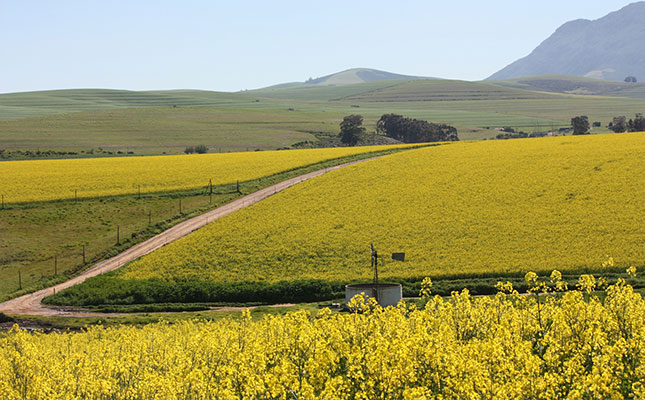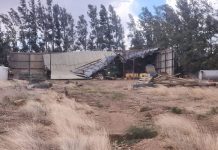
Photo: FW Archive
South Africans should prepare themselves for heavy rainfall and a preview to the coming winter as a cold front makes its way across the central and south-eastern parts of the country over the next few days. But, unfortunately, the outlook for rain in some of the areas most affected by drought remained slim.
The South African Weather Service (SAWS) has issued a warning that widespread thundershowers are expected over the central, southern and eastern provinces in the coming days.
READ A drought action plan for livestock farmers
In a statement, SAWS said it expected that some of these storms would become severe, with the potential of heavy downpours, large hail and/or strong, damaging surface winds.
“There are also expectations of light snowfall on the peaks of the southern parts of the Drankensberg and Malutis,” according to the statement.
The areas expected to be most affected included the eastern parts of the Eastern Cape, north-eastern Free State, KwaZulu-Natal, and the Mpumalanga highveld.
Agri Eastern Cape president, Doug Stern, said that while he was grateful for the prospect of rain, he was concerned about conditions in the western part of the province.
“The western part of the province is still very dry, and can even be compared to the current situation in the Northern Cape. All we can hope for is good winter rain in the area.”
READ Cold-tolerant tilapia can weather winter’s chill
He added that the rain would also not bring relief to the dams in the Port Elizabeth area, such as the Kouga Dam, as the rainfall was not predicted for its catchment area.
According to the Gamtoos Irrigation Board’s website, the water level of the Kouga Dam, which is the sole source of water for the Gamtoos Valley, currently stood at 14,34%.
Meanwhile, the optimal planting time for canola had arrived in the winter rainfall region, but the prospect of rain over production areas in the Western Cape seemed slim.
According to Michel Gildenhuys, a grain farmer near Heidelberg and Grain SA’s representative for the Southern Cape region, it was currently critically dry in the area extending from the Breede River to Mossel Bay.
“I am aware of a small number of farmers who have started planting, but in bone-dry soil.”
READ Northern Cape drought aid grinds to a halt amid lockdown
He said the area had received some good rain in January that revived grazing for animals. However, he stressed that conditions would deteriorate again if it did not rain soon, and added that he was already aware of farmers who had started feeding their livestock again.
“It has been very dry in the region for the past three years, [which has] had a huge financial impact on agriculture in the region. We need a lot of rain, but so far the prospects do not seem to be in our favour.”
Farmer’s Weekly previously reported that weather forecasts for the winter rainfall indicated below-average rainfall, along with higher than average temperatures.










